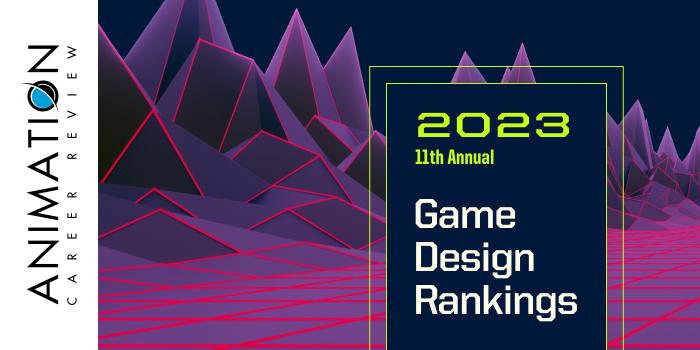The Department of Media Studies (DMS) at University at Buffalo (UB) provides opportunities to explore games, sound, and film and documentary production, among other types of media. Pathways to study game design include a Media Study BA with a Production Concentration, a Media Study Minor, and an Undergraduate Game Studies Certificate.
All UB DMS Programs are interdisciplinary and connect students with the Departments of Computer Science, English, Architecture, and Theatre, among others. Other DMS benefits include courses taught by industry professionals, participation in the UB DMS Student Showcase, small class sizes, and access to state-of-the-art computer labs, smart classrooms, a large production studio, and a 200-seat venue with hi-def projection and sound. Students also have access to more than 400 overseas academic program options, and a number of summer and semester-long internship opportunities.
The Department of Media Studies at UB has partnerships with many local companies and studios. University at Buffalo DMS students have interned at places such as MTV, NYC-TV, TriCoast Studios, and Fireant Studio.
The Media Studies BA allow students to focus in one or more areas through coursework at the intermediate and advanced levels. Course examples include Game Design, Virtual Worlds, Programming for Digital Art, Physical Computing, Sound Design, and Electronic Literature. The Media Studies Minor consists of 24 credit hours of study. Students may focus in games through electives and production courses.
The 36 credit hour Game Studies Certificate requires courses such as Games, Gender, and Society, and Game Design. Certificate students have the option to take Designed Play, Performative Action, Electronic Literature, or Locative Media. Electives provide the opportunity to focus in an area of interest. Elective examples include Game and Animation Workshop, Virtual Worlds I-II, Interactive Computer Art, Advanced Modeling, Programming Graphics I-II, and Interactive Fiction. The Game Studies Capstone Project allows students to create an original game or research paper.
All Games Studies Certificate students benefit from the program’s partnership with Buffalo Game Space (BGS). This non-profit organization provides training workshops, co-working spaces, and game jams. On-campus, Games Studies students may join the Strategists and Role Players Association, which hosts the school’s annual gaming and anime convention—UBCon.
Graduates of the Media Studies and Game Studies Programs at University at Buffalo are Game Designers and Developers, Game Artists, Animators, Game Programmers, QA Testers, Gaming Writers, Experience Designers, Directors, Independent Game Developers, Software Engineers, Production Managers, Digital Media Producers, Graphic Designers, and Media Directors. Employers include Industrial Light & Magic (ILM), NetherRealm Studios, Zynga, Rockstar Games, Pure Imagination (Pi) Studios, and Full Sail University.
Founded in 1846, University at Buffalo is a flagship institution in the State University of New York (SUNY) System. The school serves approximately 32,330 students, making it the largest campus in the 64-campus SUNY System. With more than 1,000 study abroad opportunities across seven continents, UB also has one of the largest overseas education programs in the U.S. University at Buffalo offers more than 500 programs across 13 colleges and schools. UB is accredited by the Middle States Commission on Higher Education (MSCHE), and it is a member of the Association of American Universities.



























